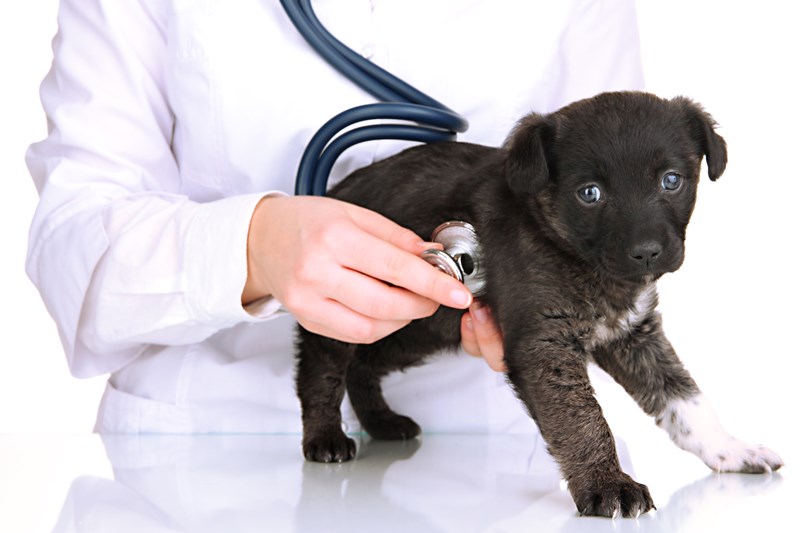Aggressive pets are a significant trouble for lots of family pet proprietors, and also a justified cause for worry. Some canine experts describe aggression in mini types as lap dog disorder, the animal kingdom’s version of a Napoleon complicated. Regrettably, lots of people fail to take this habits seriously, believing that an aggressive small dog will not have the ability to cause much injury. Expert canine instructors do take this sensation seriously, nonetheless, as well as recommend that pet proprietors do the exact same. Luckily, lap dog syndrome can be efficiently reduced with proper training as well as follow-up.
Small Dog Syndrome
Small dog disorder is a term that several fitness instructors make use of to describe hostility in miniature breeds. This phenomenon is in some cases buffooned or discounted since tiny pets normally can’t impart the level of damages that a big type can. As a result, pet dog proprietors permit their little friends to show behavior that would never ever be endured with a big canine. Rather than educating the small canines to display proper behavior, proprietors typically regulate by force. It’s simple to scoop a little dog up in your arms and also carry him away when he breaks down, however this does nothing to instruct it proper behavior. This technique triggers a selection of difficulties that can reward and also enhance bad actions rather than eliminate it. In addition, this degree of close call, when overdone, can make the pet dog really feel awkward and overwhelmed.
The Most Aggressive Small Dog Breeds
As you may expect, the typical suspects top this listing: Poodles, Jack Russell terriers, Chihuahuas as well as Lhasa apsos are one of the most typically reported breeds for hostility. It may shock you to discover that cocker spaniels, beagles, dachshunds and shih tzus are also often noted as being hostile. Completing the listing are the bichon frisé as well as the Pomeranian. Certainly any kind of dog, despite dimension, can create hostility.
Professionals say that it is very important not at fault the canine’s type or expect breed-specific negative habits patterns. Behavior patterns in domestic canines generally have more to do with human impacts and also the level to which the pet was successfully interacted socially as a pup.
Recognizing and also Dealing with Tiny Aggressiveness
Aggression in lap dogs could have different influences than for bigger types. As well as while little pups are much more easily hurt, it may be difficult to make the adjustments required to conquer aggression while still maintaining them secure. It is important to view your pet for indications of concern or discomfort, which are the typical feelings that come before aggressiveness. Cautious observation will certainly aid you discover how to identify those scenarios that set off undesirable habits. Look for your dog to put its tail, think a wide, bending stance, put its ears back or lick its lips. If the situation boosts, it may bark, growl, initiate eye contact, snap at the air or put its hackles up.
The best method to correct hostility in small types is with training, specifically utilizing reward-based training methods with obedience, confidence-building as well as socialization. It isn’t really very easy to damage old routines with regular pet-store courses, nevertheless. Numerous specialists suggest boot-camp-style programs. In this situation, away from the owner’s influence, a lap dog could have the convenience degree to successfully understand new actions patterns. At the end of the program, pet owners generally join their canines to find out the best ways to preserve and enhance the new behaviors. With this method, you are much less most likely to experience recidivism, where the pet changes to his old hostile canine ways.
 My Lucky Dog Shop Your #1 Dog Shop Authority Site
My Lucky Dog Shop Your #1 Dog Shop Authority Site


